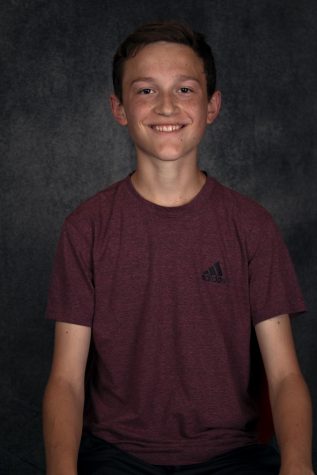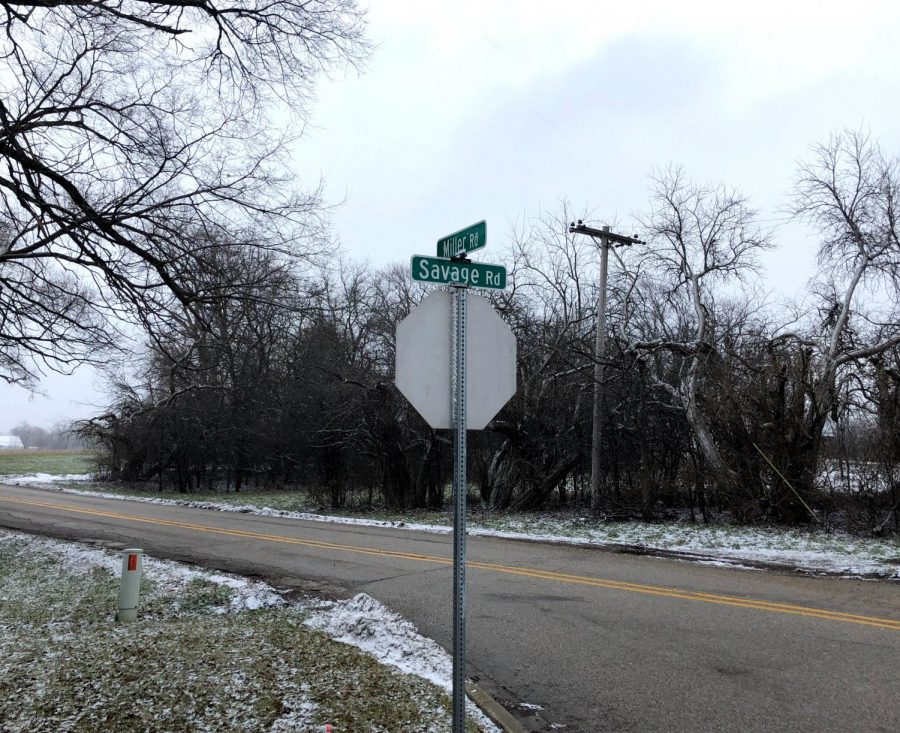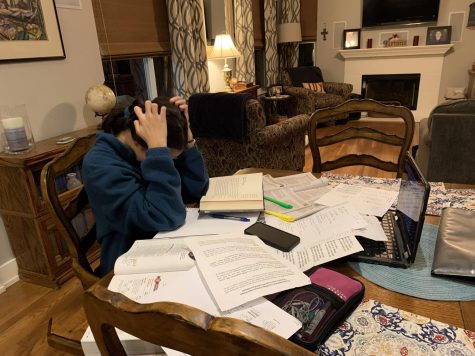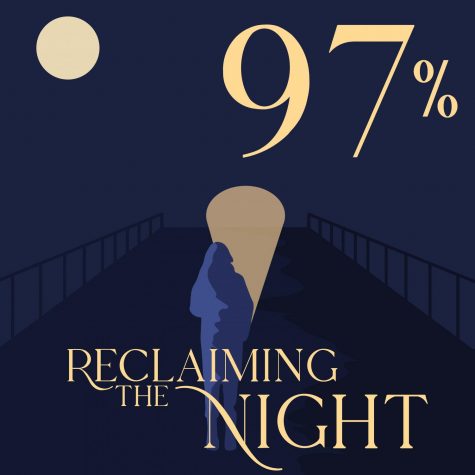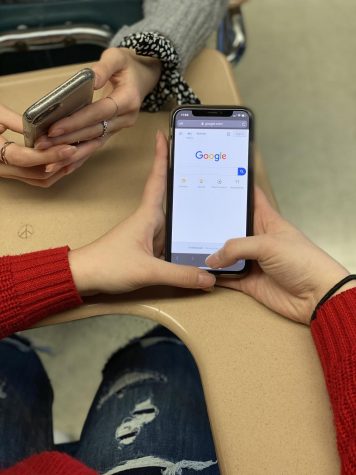ONLINE EXCLUSIVE: D117 Boundary Lines Impact Student Transportation
The neighborhood of students going to Antioch when Lakes is a closer option.
In a way to even out student distribution, certain neighborhoods are sent to one of two district 117 schools. Most of the selections are simple and make sense regarding distance and accessibility. For Clublands and the students who live there, the boundary is only a hindrance. Sophomore Simon Hasik was surprised to learn that the fellow students he grew up with would attend different schools.
“It was kind of odd to see kids I knew at [Antioch Upper Grade School] go to [Lakes Community High School],” Hasik said. “It was not that big of a deal because they are still in the same district and you see them enough at events.”
Developing along with many kids who now go to different schools is all but assured for the students from Clublands. It can be a hard transition for some student to not continue going to school with the same core group of friends. Sophomore Trevor Niznik was not aware of the boundaries until he lost connections with a large group of people he knew.
“For me it is disappointing,” Niznik said. “I made so many friends in elementary school just to not be as close when it came to high school.”
The most common problem for the students of Clublands is the train tracks. Uncontrollable and sometimes unpredictable, all students of Antioch Community High School know the problems a train can create. For sophomore Chloe Krumrai, a problem with a train is a common occurrence.
“We get stopped by the train a lot, but most of the time it’s just the metro,” Krumrai said. “But when you hit the freight train, that’s a long time to wait.”
One of the key boundary lines and the one that affects the Clublands students is at the intersection of Savage Road and Miller Road. Anything above the line goes to Antioch and anything below the line goes to Lakes. Hasik and his family were initially shocked to discover that he would not attend the closer option.
“My parents were very confused,” Hasik said. “It was a three-mile drive from my home to Lakes and Antioch is literally on the other side of the town.”
The idea of a boundary redraw is possible, but not recommended by the people of Clublands. Krumria enjoys better opportunities but acknowledged that there are flaws in the map.
“It’s kind of nice going to the different school,” Krumrai said. “But it could be moved because people have a harder time getting to the other side of the town and they will be closer if Clublands went to Lakes.”
Even if the boundaries were changed, the effects would not impact the current students of Clublands. Hasik mentioned that even if the boundary was changed, it would reverse many people’s prior knowledge to the school they would attend.
“I feel like it is too late for them to change the boundaries because if you’re in Clublands, you understand that you are going to Antioch, but then if they did want to change the boundaries they would be met with some opposition that wants to stay in their ways,” Hasik said. “If they can justify staying or changing, it should not matter as long as they provide a good reason as to why.”
Even in the circumstances presented to some of the students, they made the best of their time with their earliest friends. In meetups or school events, students still find a way to reconnect with the people who attend Lakes. Krumrai knew from an early age that she would not attend Lakes, but that did not bother her.
“I still tried to become friends with people that were going to Lakes,” Krumrai said. “I knew we still had time at [Oakland Elementary School] and time at AUGS to hang out and develop friendships.”
There is still the complicated option to pay to go to the other school. A former student from Clublands was told that it was not possible to switch schools. Hasik wished to attend Lakes while still at Oakland, a wish that faded quickly.
“At first I had the thought that Lakes is the newer school, hence it would be better,” Hasik said. “When I did not have any prior knowledge of the high schools, I preferred Lakes.”
Even when given the monetized option to change schools, some students want to choose their school without monetary consequence. Niznik thinks that the district should implement the option of choice for areas if it causes no harm to the district.
“I believe that if possible, the student should be able to choose,” Niznik said. “If they’re willing to make Antioch an option, the closer school should be an option as well.”
Clublands is not the only subdivision with this issue, but it is a prominent example of the ways the boundary lines are determined that puts students at a crossroad and a railroad crossing.
